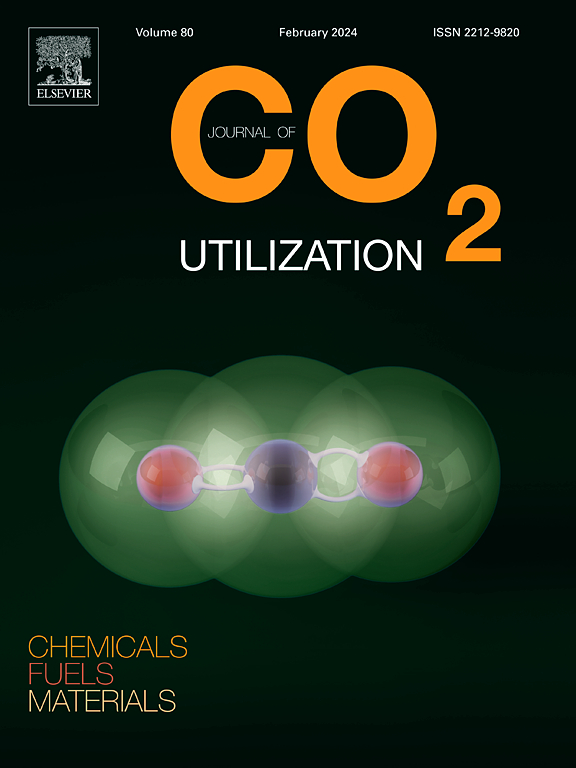Pectin/alginate aerogel containing ZnO produced from beetroot extract mediated green synthesis for potential applications in food packaging
IF 7.2
2区 工程技术
Q1 CHEMISTRY, MULTIDISCIPLINARY
引用次数: 0
Abstract
In this work, pectin aerogels loaded with zinc oxide (ZnO) were produced for a possible application in food packaging. Using a green synthesis procedure, ZnO nanoparticles were obtained via beetroot extract as a reducing, capping, and stabilizing agent; the obtained ZnO particles, with an average size of 300 nm, were loaded into pectin/alginate-based aerogels. Supercritical drying was used to produce the biopolymers-based aerogels, which were initially formulated with different polymer concentrations (2 wt% and 4 wt%) and various ratios between pectin and alginate (9:1, 7:3, 1:1) to identify the optimal configuration that would guarantee a balance between strength and morphology, resulting in better properties in the final structure. The aerogels enriched with different ZnO percentages (5 %, 10 %, and 15 %) were later produced. The aerogels showed a porous structure with uniform pore size distribution, influenced by the ZnO loading. The liquids’ absorption test of the samples assessed that higher concentrations of ZnO could reduce the available surface area, limiting the aerogels’ absorption capacity. The potent antimicrobial activity of ZnO and pectin/alginate aerogels against the non-pathogenic Escherichia coli and the pathogenic Staphylococcus aureus strains was demonstrated using a minimum lethal dose, highlighting the possibility of employing such materials in food packaging.
甜菜根提取物介导绿色合成制备含ZnO的果胶/海藻酸盐气凝胶在食品包装中的潜在应用
本文研究了以氧化锌(ZnO)为载体的果胶气凝胶在食品包装中的应用。采用绿色合成工艺,以甜菜根提取物为还原剂、封盖剂和稳定剂制备ZnO纳米颗粒;所得ZnO颗粒平均粒径为300 nm,并装入果胶/海藻酸盐基气凝胶中。采用超临界干燥法制备生物聚合物气凝胶,初始配方采用不同的聚合物浓度(2 wt%和4 wt%)以及果胶和海藻酸盐的不同比例(9:1,7:3,1:1),以确定最佳配置,保证强度和形态之间的平衡,从而获得更好的最终结构性能。制备了不同氧化锌含量(5 %、10 %和15 %)的气凝胶。受ZnO负载的影响,气凝胶呈现出孔径分布均匀的多孔结构。样品的液体吸收测试表明,较高浓度的ZnO会减少有效表面积,限制气凝胶的吸收能力。在最小致死剂量下,氧化锌和果胶/海藻酸盐气凝胶对非致病性大肠杆菌和致病性金黄色葡萄球菌菌株具有有效的抗菌活性,突出了在食品包装中使用此类材料的可能性。
本文章由计算机程序翻译,如有差异,请以英文原文为准。
求助全文
约1分钟内获得全文
求助全文
来源期刊

Journal of CO2 Utilization
CHEMISTRY, MULTIDISCIPLINARY-ENGINEERING, CHEMICAL
CiteScore
13.90
自引率
10.40%
发文量
406
审稿时长
2.8 months
期刊介绍:
The Journal of CO2 Utilization offers a single, multi-disciplinary, scholarly platform for the exchange of novel research in the field of CO2 re-use for scientists and engineers in chemicals, fuels and materials.
The emphasis is on the dissemination of leading-edge research from basic science to the development of new processes, technologies and applications.
The Journal of CO2 Utilization publishes original peer-reviewed research papers, reviews, and short communications, including experimental and theoretical work, and analytical models and simulations.
 求助内容:
求助内容: 应助结果提醒方式:
应助结果提醒方式:


